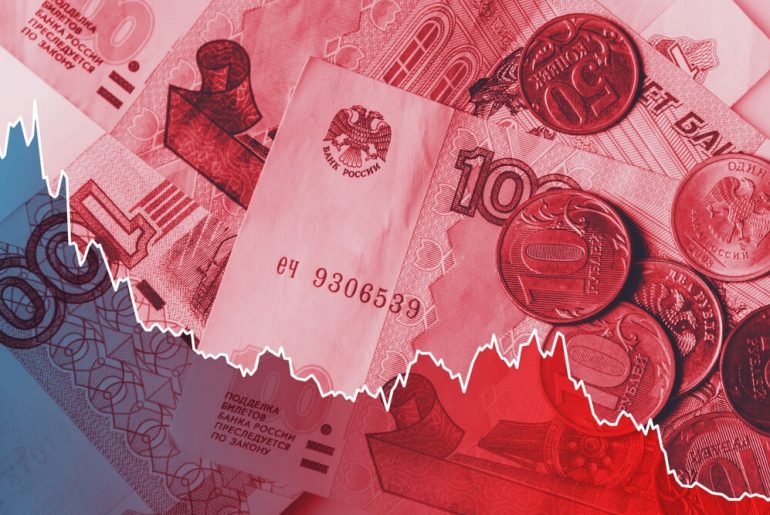The ruble has dropped below the significant threshold of 100 against the dollar – an event that has sparked numerous discussions. Russia’s war in Ukraine and international sanctions have taken a toll on the ruble. The currency has lost 1.5% over five days, even after attempts by the Central Bank to stabilize the situation.
The weakening ruble has not gone unnoticed on the global market. The ruble has taken the third spot among the worst performers in emerging markets.
In Russia, the economy is grappling with a budget deficit and loss of income from exports and international financial resources. Elvira Nabiullina, the Chairwoman of the Central Bank of Russia, attributes the ruble’s weakening to trade. However, opinions about the bank’s policies diverge.
Soft monetary policy has also had an impact on the ruble. Maxim Oreshkin, an economic advisor to the President, has pointed this out. The Central Bank has halted the purchase of foreign currency in the domestic market to reduce volatility.
Declining revenues from oil and gas exports, as well as capital outflows, are affecting the situation.
Analysts speculate that stabilizing the ruble will require an increase in the interest rate and budget control. Despite challenges, ruble stability remains a priority, and decisions at the government level could play a pivotal role.





